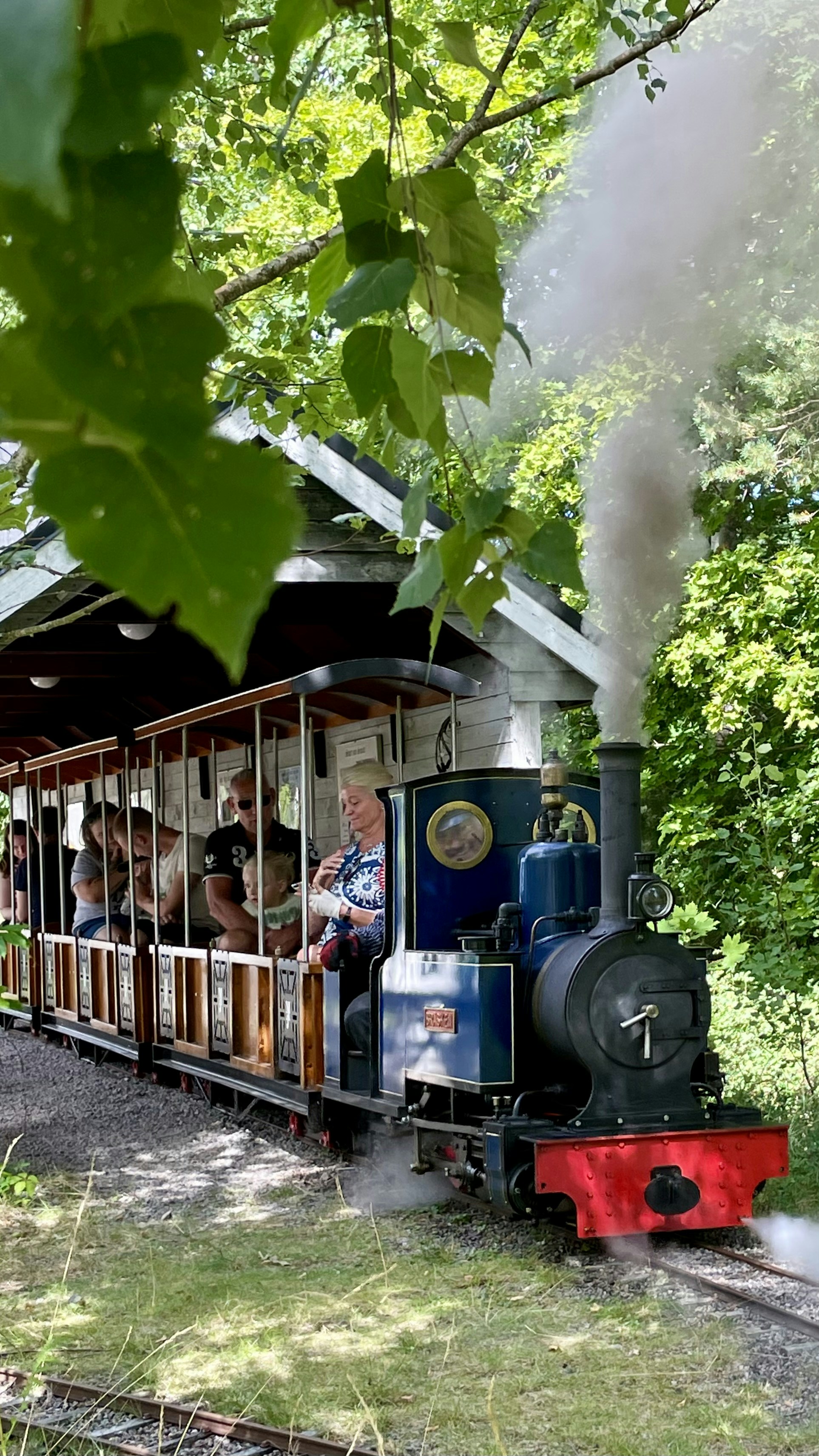Understanding the French Train System
France boasts one of the most efficient and extensive train systems in Europe, making it an ideal mode of transportation for both locals and travelers. The French train network is primarily operated by the Société Nationale des Chemins de fer Français (SNCF), the national railway company. This structure is complemented by various other regional operators that connect smaller towns and cities, ensuring comprehensive coverage across the country.

Trains in France can be categorized into three main types: local trains, regional trains, and high-speed trains. Local trains, known as trains de banlieue, serve suburban areas and provide access to nearby cities, making them perfect for commuters. Regional trains, or TER (Transport Express Régional), connect larger cities with surrounding regions, allowing travelers to explore more remote areas and enjoy the scenic countryside.
In contrast, high-speed trains, referred to as TGV (Train à Grande Vitesse), are designed for long-distance travel, significantly cutting down journey times between major cities such as Paris, Lyon, and Marseille. The TGV network is renowned for its comfort and speed, traveling at intervals of up to 320 km/h. Reservations are recommended for these trains, as they can fill up quickly, especially during peak tourist seasons.
Additionally, train stations play a crucial role in the French train system. Major train stations in cities such as Paris Gare de Lyon or Gare Saint-Lazare are equipped with extensive facilities, including shops, restaurants, and information centers, providing a comfortable experience for travelers. In contrast, smaller stations offer more basic amenities but are essential for connecting different lines and local services. Understanding the hierarchy and services available at various train stations can help travelers navigate the French train system more effectively.
Planning Your Journey
Traveling across France by train can be both an exciting and efficient experience, especially when properly planned. To start, it is essential to familiarize yourself with the various train schedules available through online platforms and railway apps. Websites like SNCF, which is the French national railway company, offer user-friendly interfaces where travelers can input their departure and arrival cities, along with desired travel dates, to generate a comprehensive list of train options.
In addition to schedules, understanding ticket options is crucial. French trains typically offer several classes of service, ranging from standard to first-class, along with various ticket types, including one-way, round-trip, and discount fares. Early booking can lead to significant savings, as many trains offer reduced prices for advance purchase. Furthermore, specific cards such as the France Rail Pass can be advantageous for travelers planning multiple train journeys over a specified period.
Reservations are another important aspect of journey planning. While some regional trains do not require reservations, TGV (high-speed) and Intercités trains often do. It is advisable to make reservations as early as possible, especially during peak travel seasons. Many online platforms, including mobile applications, allow users to reserve seats easily and receive electronic confirmation, which eliminates the need for paper tickets.
Choosing the right travel class is also paramount to enhancing your experience. First-class offers additional comfort and quieter environments, while second-class provides a vibrant atmosphere, reflective of France’s cultural diversity. To ensure the best times for travel, consider factors like local holidays and peak tourist seasons, as these can impact both availability and pricing. By conducting thorough research and utilizing available resources, you can create a seamless and memorable journey through France’s stunning landscapes.
Navigating Train Stations in France
Upon arrival at train stations in France, travelers will encounter a bustling environment characterized by a well-organized layout. Major train stations, such as Gare de Lyon in Paris or Lyon Part-Dieu, are designed to facilitate the flow of passengers and provide essential services. Typically, these stations feature multiple levels: the ground floor often houses ticket counters, information desks, and retail spaces. Signage in both French and English will guide travelers to various amenities and platforms, making the experience more manageable for those unfamiliar with the area.

One of the first steps upon entering a train station is locating the information desk, which is staffed by personnel who can assist with inquiries regarding train schedules, platform information, and ticket purchasing. Clear signage will direct visitors toward the ticket counters, where they can buy tickets for domestic and international journeys. It is advisable to have a basic understanding of the different types of tickets and services available, as this will help streamline the process. The use of self-service kiosks has increased, allowing for quicker transactions, although they may require some familiarity with the interface.
To access the platforms, travelers should pay attention to electronic boards displaying train departure information, including train numbers, destinations, and platforms. These boards are updated regularly, providing real-time information that will aid beginners in finding their way. Announcements over intercoms typically provide information about train schedules and platform changes. While primarily in French, many announcements are also translated into English to assist international travelers. Understanding this system can greatly reduce anxiety while navigating these busy stations.
With some awareness of the layout and available services, beginners can feel more confident as they navigate the train stations, ensuring a smoother travel experience throughout France.
Tips for a Smooth Train Journey
Traveling by train in France offers a unique opportunity to enjoy the picturesque landscapes while efficiently moving from one destination to another. To ensure a pleasant experience, consider the following practical tips designed to address common traveler concerns.
First, handling luggage appropriately is crucial for a seamless journey. Most trains provide ample storage space, either overhead or at the end of the carriage. It is advisable to pack light and avoid large, cumbersome bags to facilitate easy maneuvering through train stations and onboard. Ensure that you keep your belongings within sight to enhance security.
Understanding ticket validation is another important aspect to consider. Before boarding, it is essential to validate your ticket at designated machines located in most train stations. This process prevents potential fines and ensures smooth boarding. Familiarize yourself with the ticket formats, as they can vary depending on the train service.
Managing delays is part of any journey; staying informed can alleviate frustration. Train schedules can change due to various factors, such as weather conditions or maintenance work. It is beneficial to check live updates on official rail websites or apps. Additionally, allow for flexibility in your travel plans to accommodate any unforeseen delays.
Safety on trains should also be a priority. Always be aware of your surroundings and safeguard your valuables. Following train etiquette is equally important; keep noise levels down, offer your seat to those in need, and avoid placing feet on seats. This fosters a more pleasant environment for all passengers.
Finally, make the most of the scenic views during your travel. Choose window seats whenever possible, and take time to appreciate the beautiful countryside. Bring your camera or simply soak in the experience, as the French countryside is renowned for its charm. With these tips, you can navigate France’s efficient train network with confidence and enjoyment.
